14 Best Tomatoes For Salsa, Canning, And Sauces
As an Amazon Associate and member of other affiliate programs, I earn from qualifying purchases.
Do you want to grow your own tomatoes for making salsa but you’re not sure how to pick the right variety? Technically, you can use any type of tomato to make a paste, sauce, or salsa, but the best tomatoes for salsa-making or canning sauces are thick-walled, have few seeds, and are meatier than other tomatoes.
These denser tomatoes make your work easier as you’ll need fewer tomatoes and less time to make your sauces. Among tomato nerds like us, we call canning tomatoes with these qualities plum tomatoes or paste tomatoes.
What type of tomato is best for salsa?
Paste tomatoes have characteristics that are desirable for making sauces and salsas. These tomatoes have less juice, gel, and seeds which cuts down on processing time.
They’re also often grown on determinate, bushy plants that have high yields in a short period of time. This is desirable since you want to be able to preserve the crop in batches.
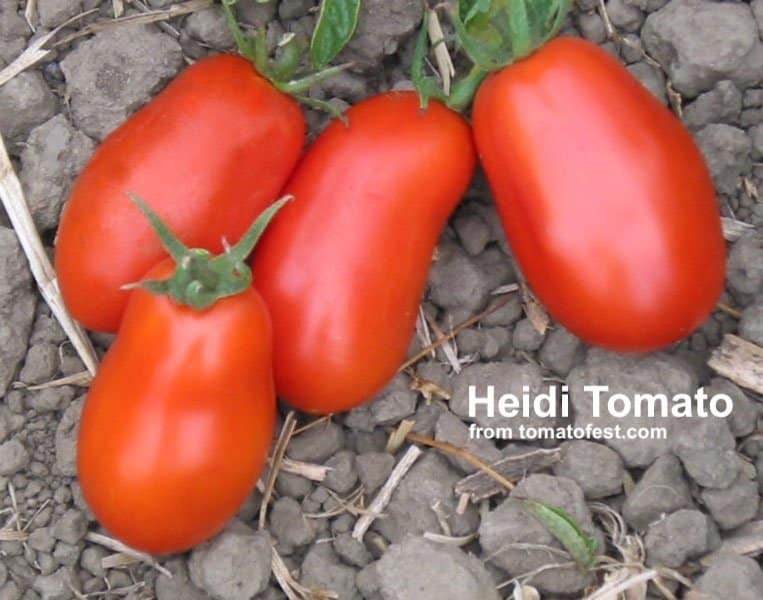
Some say paste tomatoes are mild in flavor, but this is not necessarily a bad thing. The flavor will be somewhat intensified as you condense the tomato into a sauce, and a mild tomato makes sauces that don’t overpower the flavor of the rest of your ingredients.
One variety of paste tomatoes that many people are familiar with is the Roma tomato. Romas are a great salsa tomato, and you’ll see lots of similar varieties of tomatoes referred to as Roma type.
Another commonly recommended paste tomato is the San Marzano. San Marzanos are praised for their flavor and texture which are ideal for homemade tomato paste, sauce, or salsa.
The problem with paste tomatoes
The thing you don’t really hear talked about is that home gardeners often find that these tomatoes are hard to grow.
That’s because they’re very prone to diseases that can wipe out an entire crop which is terrible when you’re trying to grow food for your family. Paste tomatoes are also notorious for struggling with blossom end rot which makes the tomatoes unusable.
We’ve grown dozens of varieties of paste tomatoes, and we know that some plants will get blossom end rot (BER) on every single fruit. It’s incredibly frustrating!
Blossom end rot is a complex disease process that has a lot to do with how you grow your tomatoes, but some types of tomatoes are more prone to the disorder than others.
For example, elongated tomatoes with pointy ends (like San Marzano) are very prone to BER whereas cherry and heart-shaped tomatoes are very resistant.
Growing tomatoes for canning sauces and salsas
For best results growing paste tomatoes, make sure you’re burying your tomato stems as deep as possible leaving only 2-3 sets of leaves above ground. Mulch the base of your plants heavily to help block weeds and prevent moisture loss.
The way you fertilize them will affect their growth. To make healthy plants that bear lots of fruit, fertilize at planting with a nitrogen-rich fertilizer and then switch to potassium-rich fertilizer when they start making tomatoes and repeat as needed every 4-8 weeks.
It’s incredibly frustrating as a family that eats A LOT of tomatoes, that we haven’t found a really good producer in the paste tomato category.
So I went on the hunt for some paste varieties of tomatoes that are resistant to disease AND least likely to get BER. These suggestions are from seed companies and fellow tomato nerds who grow and trial many types of tomatoes to find what works the best.
Some are hybrids and some are heirloom tomatoes. If you’re not sure what that means, check out this video:
Best hybrid tomatoes for canning
Big Mama – A beast of a tomato made for dicing, this is a very popular variety for home canners. Known to be a great producer of meaty gargantuan fruits some say this is the best tomato for salsa.
Little Mama – Grow an impressive cluster of small roma-type tomatoes on indeterminate plants with this variety. It’s said to be easy to grow and a heavy producer.
Granadero f1 – an indeterminate variety, this hybrid has a killer disease package. It’s a heavy producer of extremely uniform medium-sized tomatoes with great flavor.
Pozanno F1 – another indeterminate that has incredible resistance to diseases and is not prone to blossom end rot. Has the classic San Marzano shape but doesn’t give in to long, hot summers.
Gladiator hybrid – if you’re looking for a larger paste tomato, consider growing this indeterminate variety by Burpee. This is a Roma type, but quite a bit larger and, despite its large size, is supposed to be good for patios and smaller gardens.
What heirloom tomato is best for salsa?
Heirloom tomatoes are great because they provide tried and true harvest for your salsa canning. Here are some great heirloom, or open-pollinated, varieties that you can choose from.
Amish Paste Tomato – praised for its sweet flavor and heavy fruit set, this classic heirloom tomato is an excellent choice for your favorite salsa recipe.
Marzano fire – A striking yellow-striped red tomato that has shown great disease resistance. This variety, bred in southern California by Fred Hempel, is loved by many who grow it.
Rio Grande – bred to be tolerant of both hot and cold temperatures, this determinate plant sets lots of red, 6-8 oz tomatoes. The thick meaty tomatoes have a mild flavor but are great for canning into paste, salsa, and sauces.
Saucey tomato – An early producer of heavy yields of small red meaty tomatoes with great flavor. The fruit keeps well on the vine so you can harvest all at once.
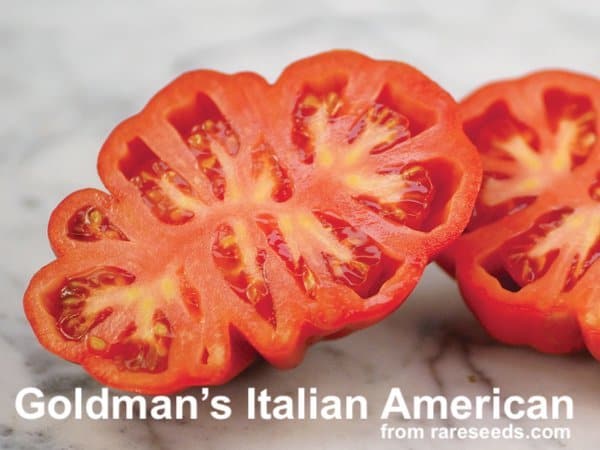
Goldman’s Italian American tomato – a very large thick-walled pear-shaped tomato that is great for canning. A unique heirloom variety that has an excellent flavor for saucing.
Santa Maria – a somewhat rare indeterminate Italian heirloom paste tomato that has an excellent sweet flavor. It’s meaty and has few seeds to make canning easier.
Heidi – Excellent flavor and resistance to blossom end rot are the winning features of this tomato. Although the tomatoes are on the small side, the plant is very productive.
Oroma – A very dense, not too juicy, long-holding tomato originally released by OSU. Has excellent resistance to BER despite its oblong nippled shape. I’ve heard great things about this nearly seedless paste tomato.
San Marzano Redorta – large Italian heirloom paste tomato with a great taste and impressive disease resistance.
Can you use any type of tomatoes for salsa?
Sure! Feel free to mix the types of tomatoes in your sauce or homemade salsa. If you don’t have enough Roma-type tomatoes, don’t hesitate to chop up a hefty beefsteak tomato.
One of the best things about growing your own tomatoes for canning is that you can mix in several different varieties to make your salsa. This can improve the flavor and texture of your home canned goods.
Are green tomatoes good for salsa? If you’re talking about green-when-ripe, then sure! They make a beautiful salsa, though their flavor tends to be more tart but I encourage you to try it. However, green tomatoes as in unripe tomatoes are not recommended for fresh eating.
Are grape tomatoes or cherry tomatoes good for salsa? They’ll taste good, but it will take a lot of tomatoes and chopping to get enough sauce or salsa to preserve.
So if you’re looking for the best types of tomatoes to mix together for salsa, I recommend trying a few different varieties and seeing which ones you like the best. Experimenting with mixing different types of tomatoes to add sweetness, acidity, and texture to your favorite recipes, is just one of the pleasures of making it at home.
You could also try adding some of your favorite flavored slicing tomatoes or roast some cherry tomatoes to add flavor to your sauce. You can always freeze some tomatoes as the harvest is coming in and use them later on when you’re ready. There’s no right or wrong combination of tomatoes for making sauce, just use what you like to eat.
What is the difference between Roma tomatoes and regular tomatoes?
Paste and Roma-type tomatoes are best for salsa because they have a denser fruit with less juice and fewer seeds. When you dice other tomatoes, you end up with a big mess of seeds, juice, and gel. All of that part gets removed if you’re making fresh tomato salsa. With less of that wasted portion and a thicker, firmer flesh, these types of tomatoes provide more meat for your recipes.
Are Roma tomatoes good for slicing?
Although they’re not categorized as a slicing tomato, they are great for this purpose. For the same reasons mentioned above (less seeds, juice, and gel), you will enjoy adding fresh slices of Roma tomatoes to your salad or sandwich.
Got another paste tomato to recommend?
Share it in the comments!


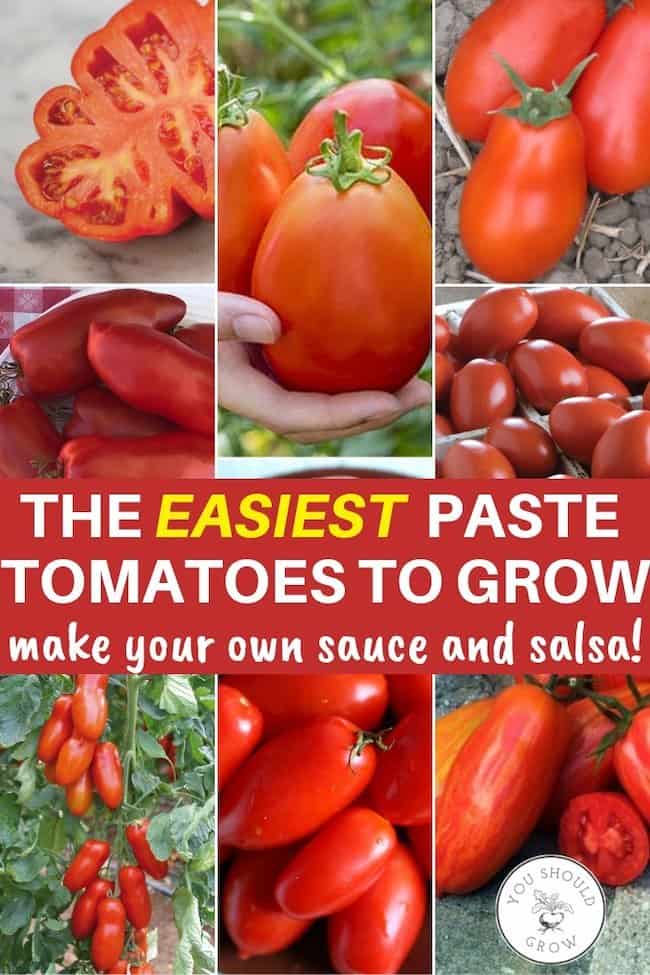
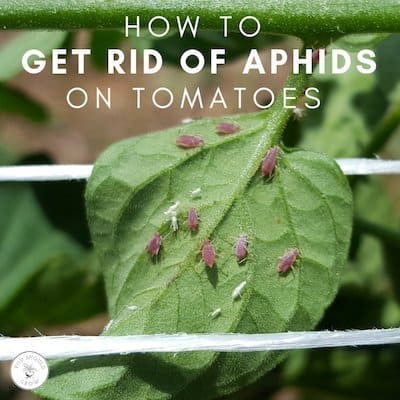
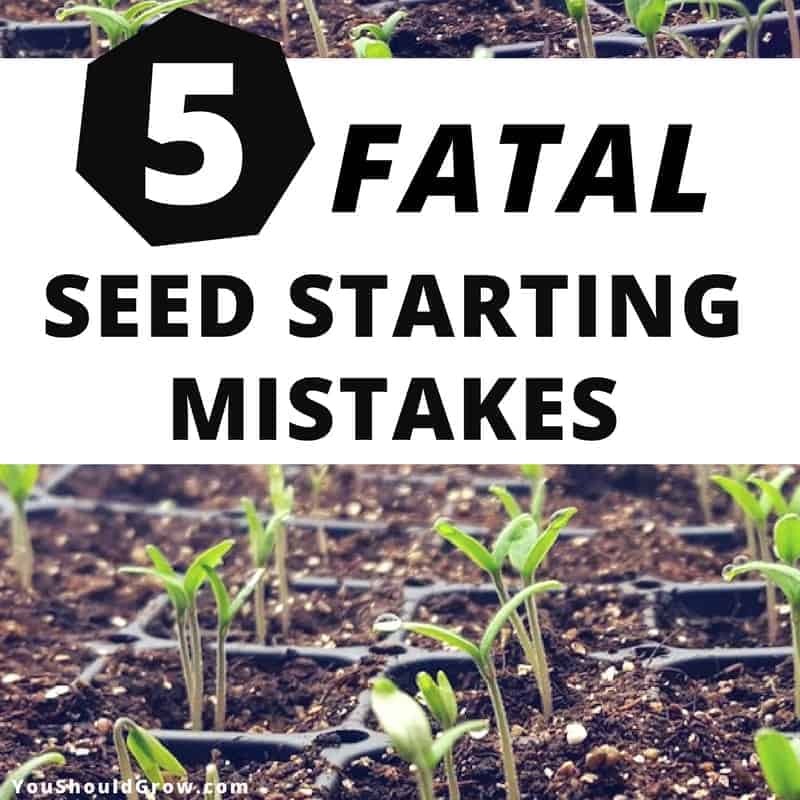
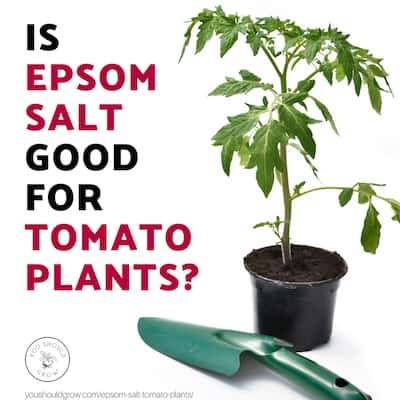
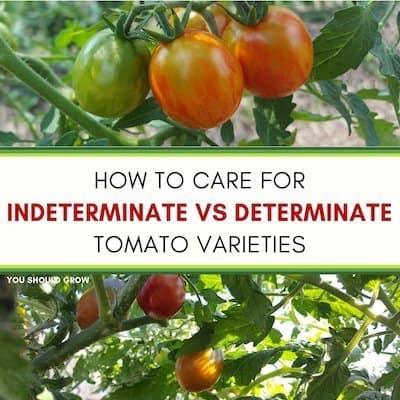
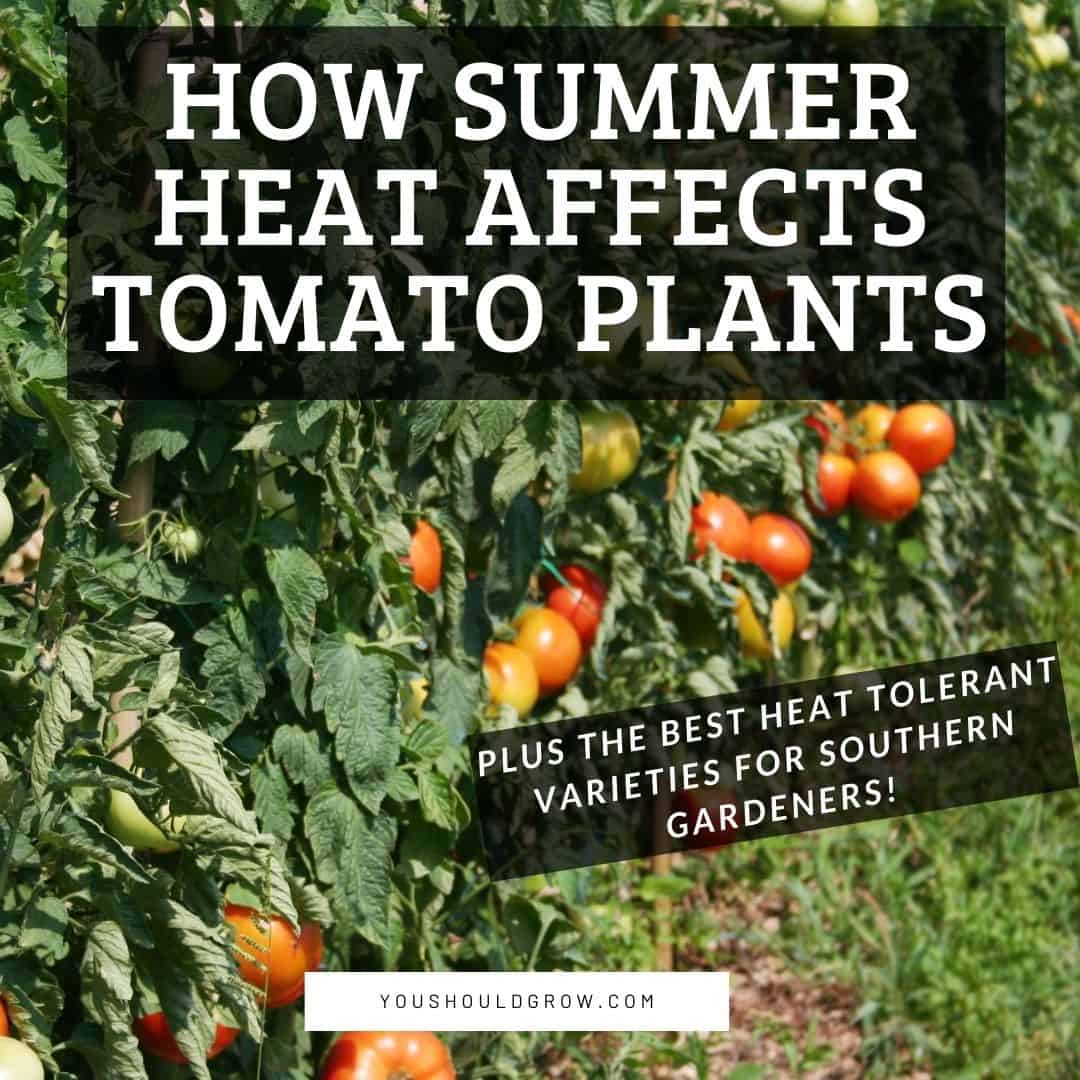
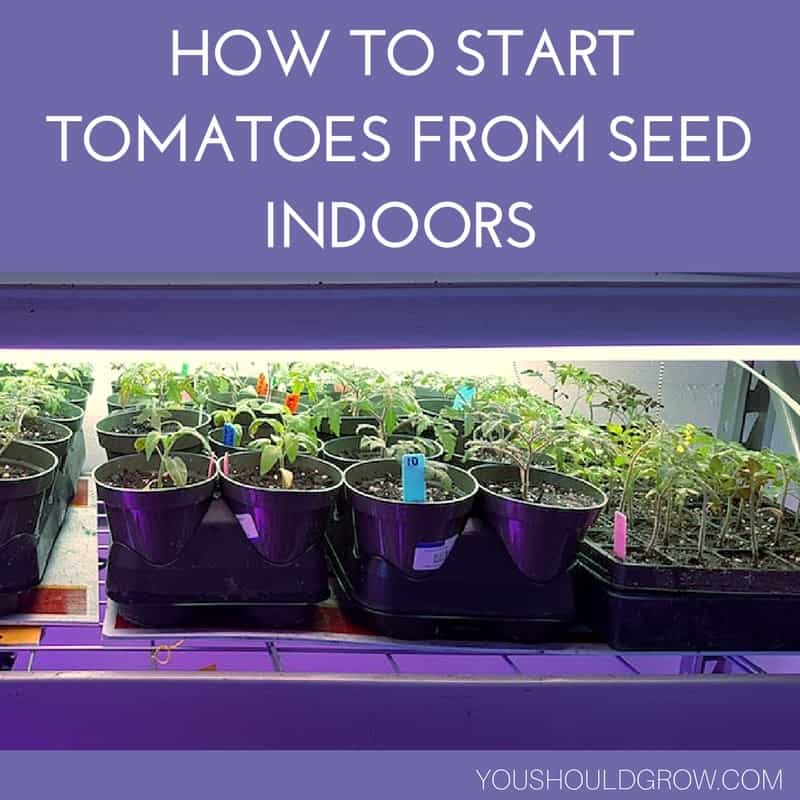
Pozzano is a tomato variety with terrific yields which are wonderful for sauce. BUT (and please read through for the good news), Pozzanos are NOT resistant to blossom end rot (BER) despite the claims made here and by several seed companies. In fact, the Pozzano variety is by far the most susceptible to BER of any variety we have ever grown. And we have trialed many varieties. Now the good news. Every year, we keep a close watch on the earliest little Pozzanos. When they show the first signs of BER—and they do—we remove them and treat all our tomato varieties with calcium. We use a liquid form that mixes with water, added to a regular watering. Repeat every 10 days or so, and we have no further issue with BER on our entire tomato crop regardless of variety. Pozzanos are our bellwether for blossom end rot. With that caveat, we enthusiastically recommend the variety. Perhaps in a climate with moderate, regularly-spaced rainfall and a subsoil that percolates well, variety Pozzano might resist BER, but then, so would all the varieties.
Thanks for the feedback. FYI unless your soil is deficient in calcium, an additive won’t actually help BER. With end rot, there is a relative calcium deficiency which is caused by sequestering of the mineral elsewhere in the plant. This most often happens early in the season during rapid growth, and then it goes away on its own. So it could be that your pozzanos are just doing that. But it sounds like you’ve got a pretty good system worked out either way.
I appreciate this article. I’m growing “Big Mama” (elongated with pointy end) variety from Burpee; it’s an indeterminate. It’s supposed to be good for saucing. I’m getting lots of BER, and some good tomatoes. Heat could be a factor, but I think it’s the variety as I’ve accounted for other variables. Next year I’ll switch to one or more varieties listed above.
I still find that the old standby Romas are almost completely BER resistant year after year. Last season tried Gladiator and their impressive size was staggering. But I lost my whole Gladiator crop to deer when a gate was accidentally left open. Will try again!
Thanks for this article. I hope you continue to follow up with your experience in trialing some of these disease resistant varieties.
For a dozen years we grew nothing but paste tomatoes, however disease pressure has increase so much that today we cannot successfully grow any paste tomatoes. We now rely on newer “non-paste” tomato varieties for our sauce production.
Hopefully more attention will be given to developing “plum and paste” tomatoes with strong resistance to disease pressure from late blight and other viruses.